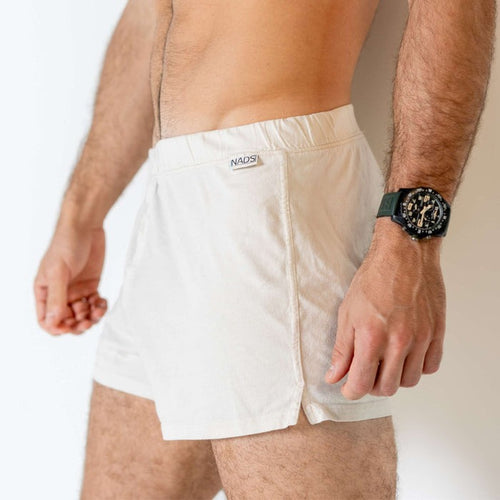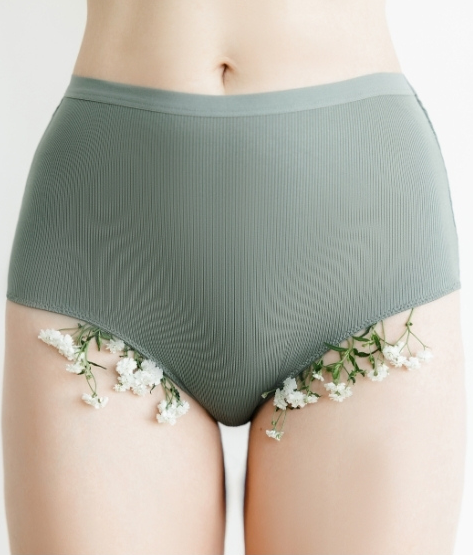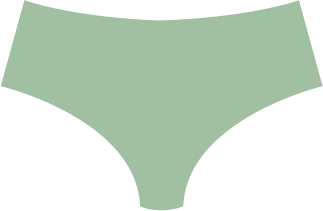Women’s pubic hair has a long, intriguing history. Its significance, perceptions, and reasons for removal have continually altered and shifted through the years. As humans have evolved throughout the ages, we’ve lost a significant amount of body hair—yet, our pubic hair has remained and stood the test of time. It’s clear that our pubic hair plays an important role in the mere fabric of humanity.
Social and cultural attitudes towards pubic hair have always been diverse. In ancient Egypt, women used pumice stones and sugar mixtures to scrape or wax off their pubic hair. Statues of Greek goddesses showed a bare pubic area, suggesting that male artists believed a lack of pubes was the ideal image of feminine beauty. During the Middle Ages, the removal of pubic hair was associated with prostitution—therefore, women of a certain social standing were less inclined to shave off their pubes. In 18th-century Britain, women removed their pubic hair and gave it to their lovers as an enticing gift.
In more recent decades, it has been made clear that the main motivations women have for removing their pubes stem from patriarchal conventions. A UC San Francisco study (JAMA Dermatol. 2016) shows that among adults aged 18-65, 84% of women removed their pubic hair, as opposed to 66% of men. The personal waxing and salon industry is currently a multibillion-dollar industry (in fact, a $20 billion industry this year, according to IBISWorld), and continues to grow each year. Pornography as well as targeted product marketing work efficiently to urge women to get rid of their undesirable, disgraceful pubes. These perceptions toward women’s pubic hair are harmful and perpetuate misguided beliefs about its hygiene. It’s totally normal and natural to have pubic hair—after all, we are human!

 Women's Underwear
Women's Underwear
 Panty Packs
Panty Packs
 Monthly Boxes
Monthly Boxes
 Mens
Mens

